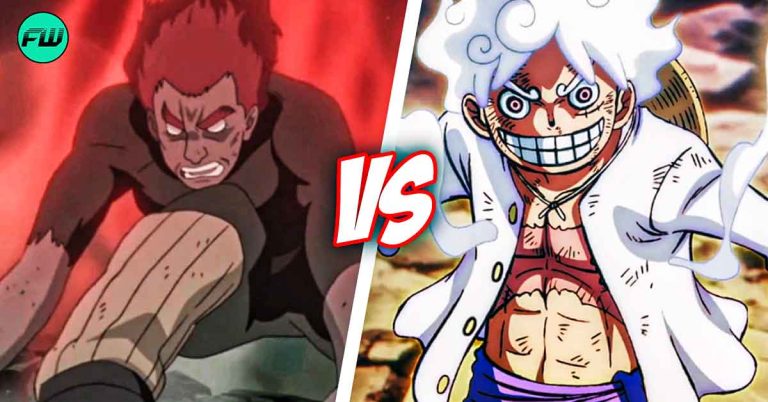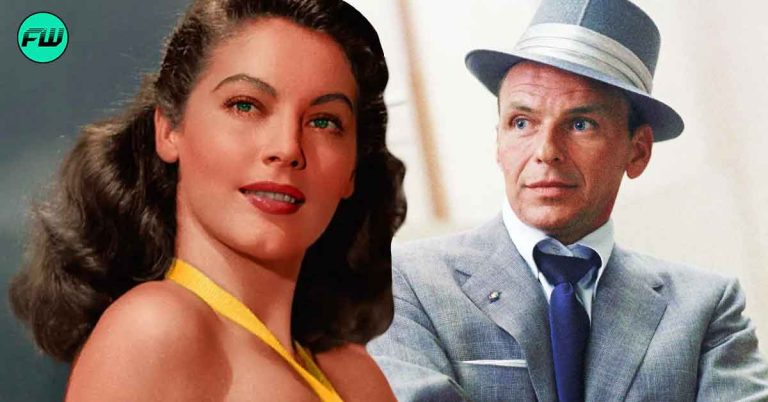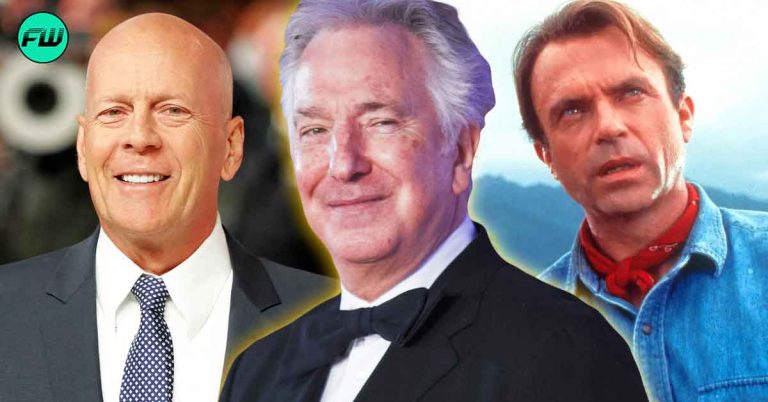Far Cry, a first-person shooter (FPS) video game series created by Ubisoft, always features a fascinating and charismatic villain in its lead role. In Far Cry 6, the latest game in the series, the honor went to Giancarlo Esposito who is famous for starring in Better Call Saul, Breaking Bad, and The Mandalorian, amongst others.

Esposito plays “El Presidente”, Antón Castillo, who is the dictator of an island called Yara, and the plot centers on a revolution to overthrow him while he prepares his reluctant young son to succeed him as ruler one day. Ubisoft looked at several real protests and revolutions for inspiration, and to better understand how they work and what all happens during one.
Which countries did Far Cry 6 look for inspiration for its plot?
In an interview with VentureBeat, Navid Khavari, the narrative director for Far Cry 6 at Ubisoft explained the thought process behind creating the revolutions with specific reference to events in nine countries. He said:
“What was powerful to us was the notion that these revolutions — we like to see them almost as homogeneous. It’s very simple. There’s one group fighting an authoritarian regime. But if you do some research, when we looked at both the history of countries like Cuba, but also looking at even recent protests in Venezuela, in Colombia, or even the Arab Spring (Tunisia, Yemen, Libya, Egypt, Syria, and Bahrain), you find that there’s multiple groups at the outset and throughout that are trying to become a whole, to take power and fight back.”

Khavari also wanted to explore the father-son dynamic between “El Presidente” Antón Castillo and his son and wanted to balance it out with a grand story of the oppressed fighting in a revolution.
How did Ubisoft explore the different sides of the revolution?
Each revolution has different sides, and different sides have different goals and approaches to the same situation. Expanding on that, Navid Khavari said:
“That’s what was fascinating to us. Not everyone wants the same thing or has the same goal. They might want to get rid of who’s in charge, so in this case Antón Castillo, but who are the different personalities within that revolution? In Far Cry 6 we have the legends of ’67, these old guerrillas that fought back in the ’60s, who need to find a way to work with the younger generation. We have farmers who really aren’t worried too much about the rest of the island, but they’re focused on their farmland. We have a protest group called Maximas Matanzas, these more urban dissidents who are fighting back with their voices and their music. That’s what was exciting. We have a tendency to see these revolutionary groups as one personality, when it’s anything but. We wanted Far Cry 6 to reflect that.”

Far Cry 6 is a blend of real history and fiction created specifically for its revolutionary setting and aimed to tell a very personal story of a father and son amidst that backdrop. Ubisoft also acknowledged that a revolution isn’t as simple as dividing people into good and bad, and the game shows that.
Source: VentureBeat










